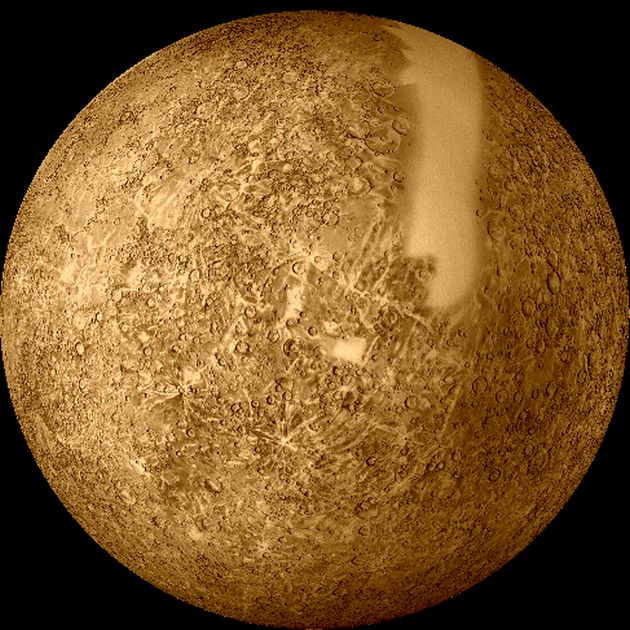
Mercury is the planet nearest to the sun. In fact, it’s so close that it whizzes around its orbit in just under 88 days.
Because it’s closer to the sun than we are, we always see it close to the sun in the sky, making it difficult to observe. But tonight (Tuesday 19th July) it will be at its maximum distance, 27º away. Look for a small star in the west after sunset, just south and a little above where the sun disappeared. If you hold up a fist at arm’s length, your fist is about ten degrees wide, so Mercury will be a little under three fist-widths from the sun along the ecliptic. If you have a clear horizon, it will set about an hour after the sun. If you’re on La Palma, you’ll need to be on the west side of the island.
Because Mercury is closer to the sun, it goes through phases, like the moon. Tonight, with binoculars or a small telescope, you’ll be able to see the sunward half of the disc lit up. DO NOT LOOK AT THE SUN THROUGH BINOCULARS OR YOU WILL GO BLIND. Wait until after sunset to use the binoculars.
Incidentally, seeing the phases of Venus and Mercury is proof that the planets orbit the sun, not the Earth.
